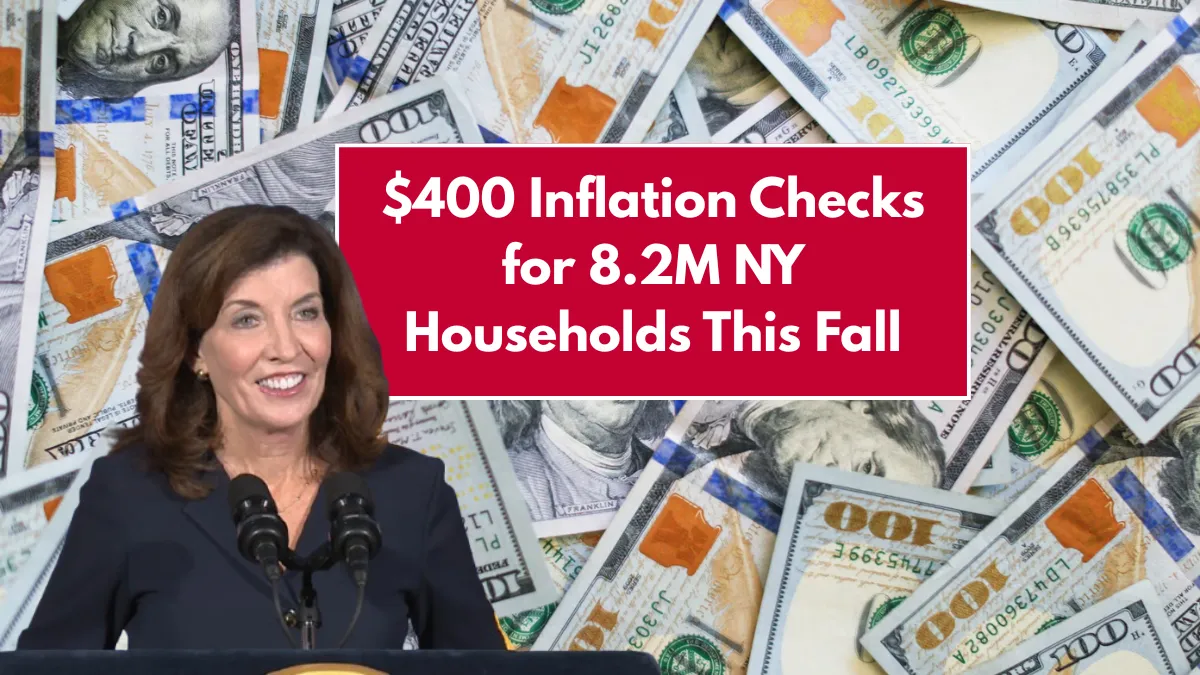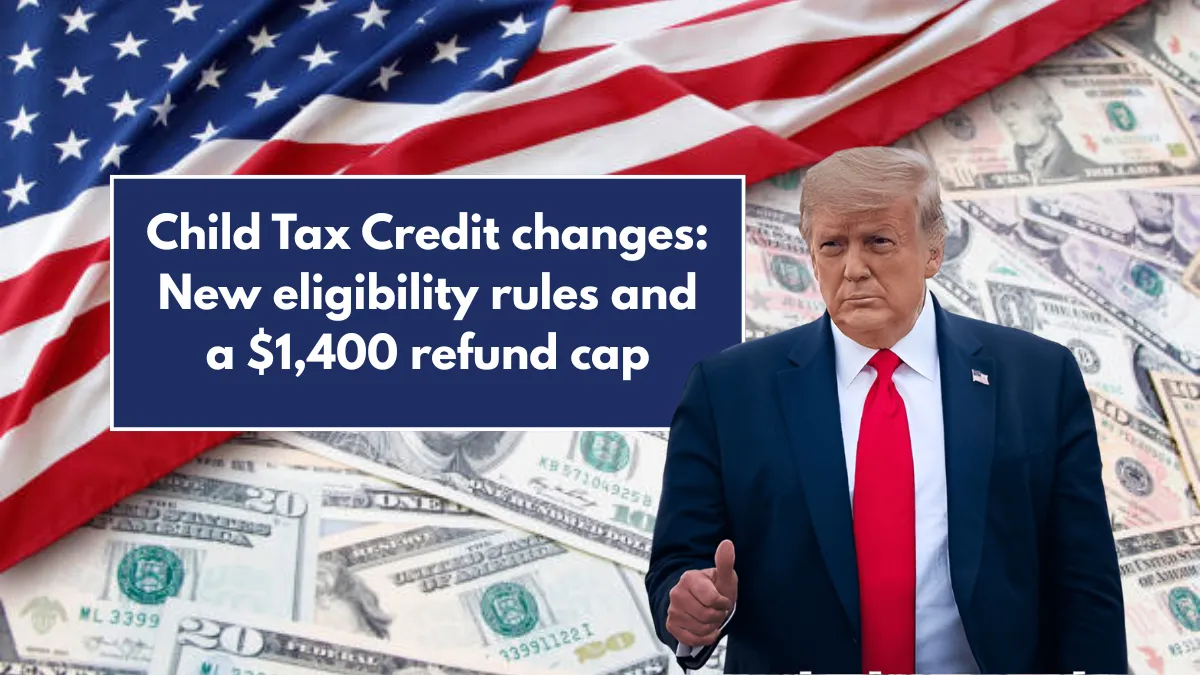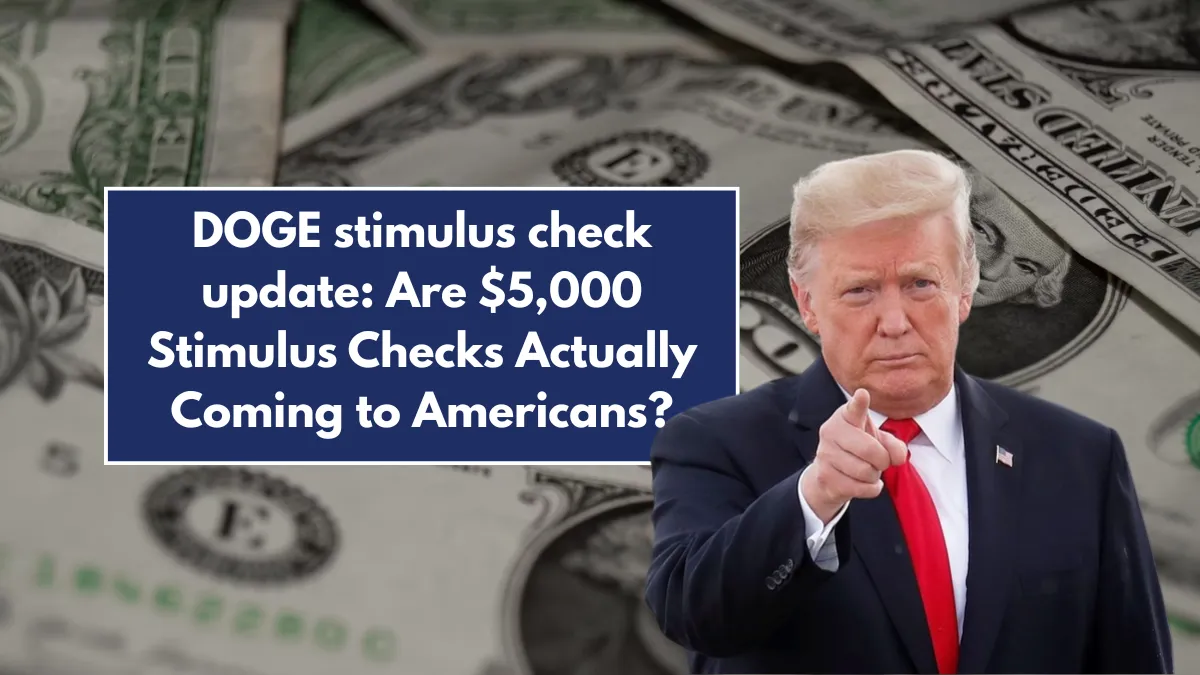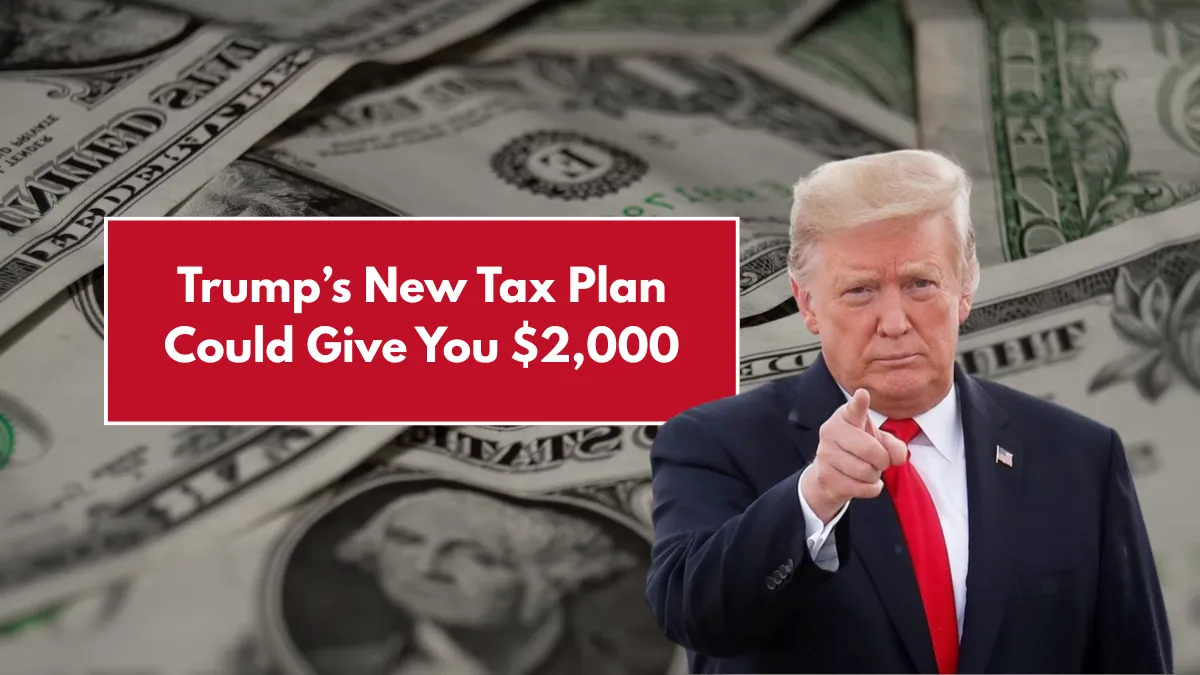A bold new federal proposal is making waves across the country, offering Americans a chance to receive stimulus payments of up to $5,500.
Unlike the COVID-era relief packages, this initiative isn’t tied to an emergency—it’s rooted in financial efficiency. If passed, the payments would come from savings generated through streamlined government operations.
Stimulus Payments Tied to Efficiency, Not Crisis
The potential $5,500 payout is part of the Government Efficiency Initiative, which seeks to reduce wasteful federal spending and pass part of those savings back to the public.
The concept marks a shift in how stimulus aid might work—moving from crisis response to a reward for sustainable governance. Officials hope to distribute around 20% of an estimated $2 trillion in federal savings, with taxpayers seeing the benefit directly.
Key Details of the Proposal
Here’s an overview of the proposed plan:
- Payment amount: Up to $5,500
- Current status: Awaiting congressional approval
- Managing agency: Department of Government Efficiency (DOGE)
- Savings target: $2 trillion from reduced spending
- Stimulus portion: 20% allocated to direct payments
- Eligible recipients: Legal residents who paid 2021 taxes and can show hardship
- Ineligible recipients: Undocumented individuals
- Anticipated payment rollout: Possibly by late 2025
- Official site: IRS.gov
Department of Government Efficiency (DOGE) at the Helm
This proposal is spearheaded by the Department of Government Efficiency, or DOGE, a new federal entity focused on eliminating redundant expenses and improving how taxpayer money is used.
Their mission is to shave $2 trillion off federal expenditures and redistribute a portion of the savings to the public. It’s not just a temporary relief plan but a move toward making governance more accountable and beneficial for taxpayers.
Who Will Be Eligible for the Payment?
Although formal application steps haven’t been published yet, the framework includes clear eligibility requirements. Applicants must be U.S. citizens or legal residents with valid Social Security numbers and a record of paying taxes in 2021.
Additionally, individuals must show evidence of financial hardship and meet income thresholds that vary by location and household size. Non-citizens without legal documentation will not qualify.
Expected Timeline for Distribution
As of mid-2025, the proposal is still under federal review. Congress must pass the measure before any payments can be issued. If it receives approval later this year, the first round of checks could be sent out before the end of 2025.
Until then, agencies will be preparing systems to verify eligibility and prevent fraud. Citizens are advised to keep important records—such as tax filings from 2021, proof of hardship, and residency documents—ready in case applications open.
How It Could Impact the Economy
Should the plan move forward, the stimulus funds could inject a significant boost into local economies. Households are expected to spend their checks on essential needs, including rent, healthcare, childcare, and education.
This kind of spending could strengthen small businesses, increase public confidence, and offer financial breathing room for millions. It may also reinforce public faith in responsible government spending.
FAQs
Q1. Is the $5,500 stimulus officially approved?
No, the plan is still in the proposal phase and awaits federal approval.
Q2. Who would be eligible for the payment?
Legal U.S. residents who filed taxes in 2021 and can demonstrate financial hardship.
Q3. When might payments begin?
If passed, stimulus distribution could start in late 2025.
Q4. Will undocumented individuals qualify for the program?
No, only citizens and legal residents would be eligible under the current proposal.
Ashly is a passionate finance blog writer who simplifies complex money matters for everyday readers. With a keen interest in budgeting, saving, and smart investing, she shares practical tips to help people take control of their financial future. Her clear, relatable writing style makes personal finance feel approachable and empowering.





